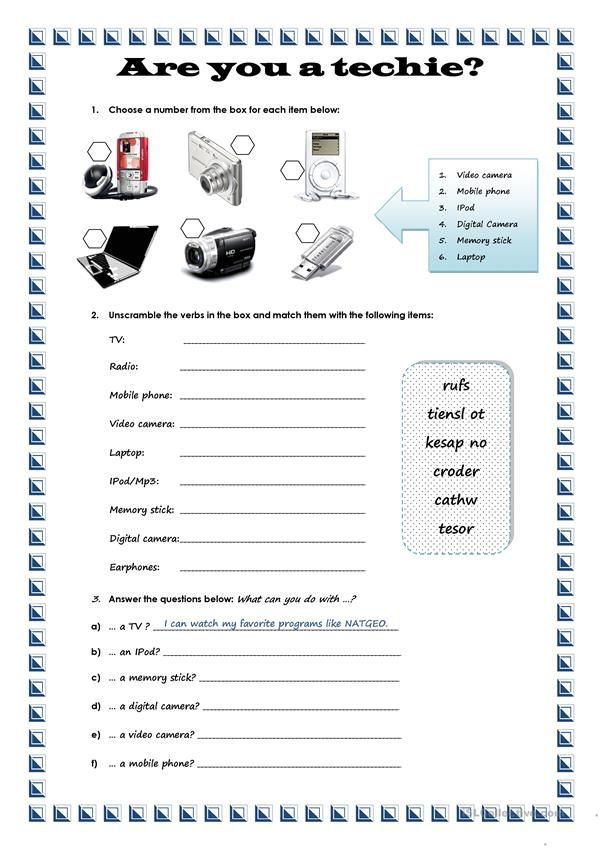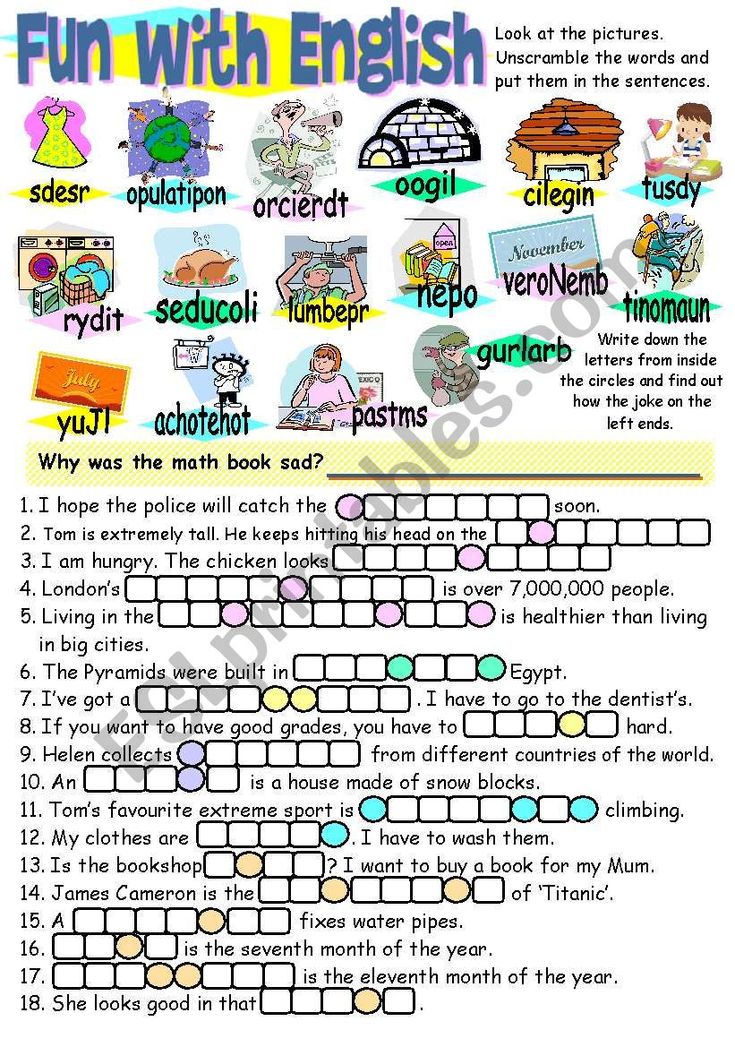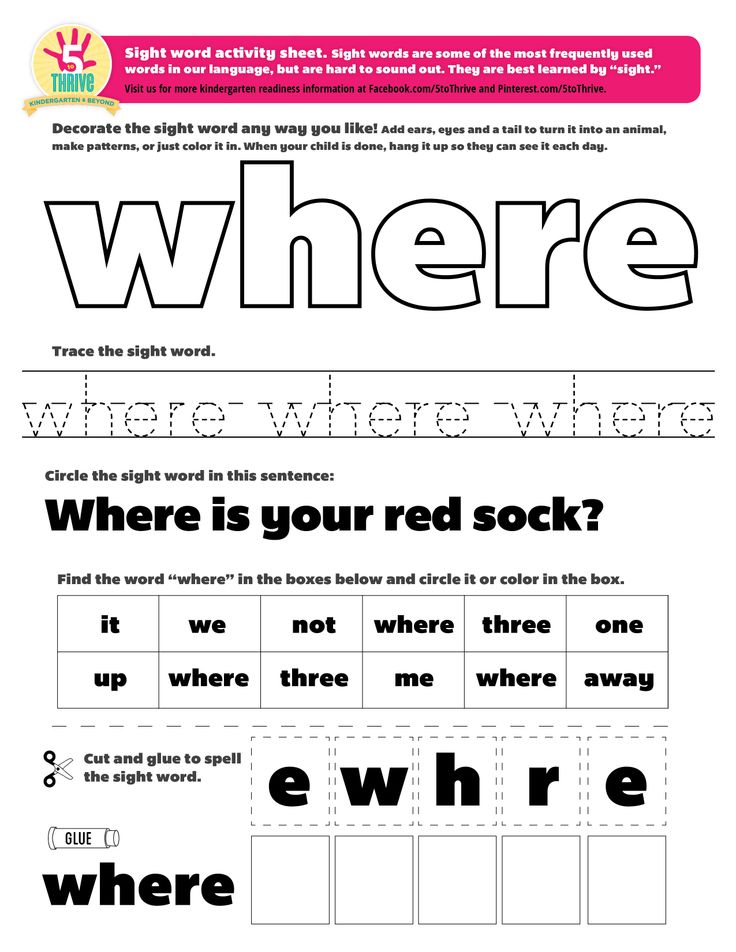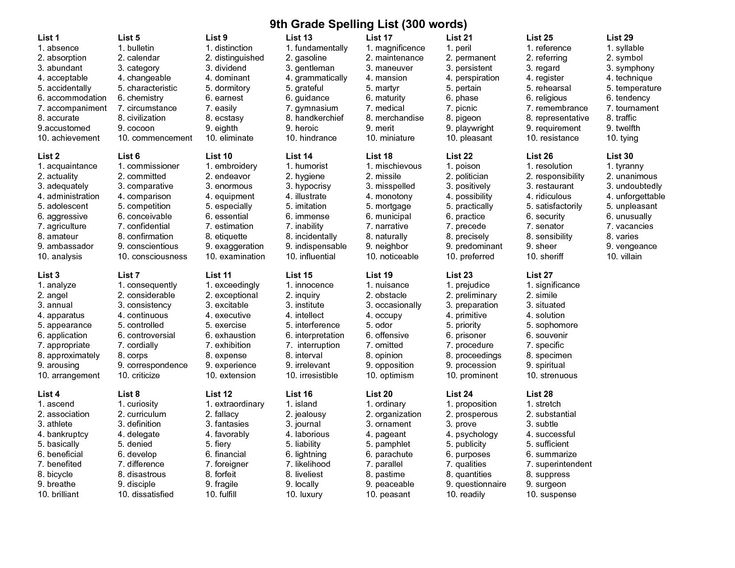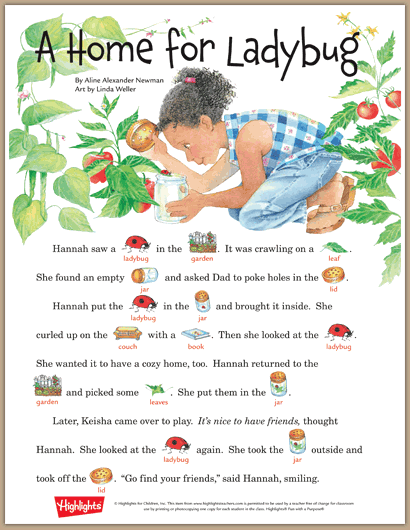Reading assessment 1st grade
4 Reading Assessments for Kindergarten and First Grade
As teachers, we all want to get to know our students at the beginning of the year. We want to know their likes and dislikes, what they love to do, and their strengths and weaknesses. One area we all need insight into is students’ reading abilities. When it comes to reading assessments for kindergarten and first grade students, we want to do more than just assess one area of reading.
While assessments can sometimes be intimidating or overwhelming, we need them to help grow our readers’ accuracy, fluency, and comprehension skills. Let’s explore why we need them and several different reading assessments you can do to better understand where your students are.
Why Do We Need Different Reading Assessments for our Kindergarten and First Grade Readers?
Our young readers are so much more than just a reading level, although knowing that is important as well. Teachers are often familiar with how to complete reading level assessments, but we need more than that. With the latest research in the Science of Reading, we’re learning (or getting confirmation) that young readers need explicit phonics instruction in a systematic way. If students can learn letter sounds and how they work together to create words, they can move forward in reading.
By completing several different reading assessments for kindergarten and first grade readers, you’ll get a bigger picture of what each reader is capable of as a whole. Then, results can guide your instruction to differentiate for the learners in your classroom. Additionally, you will have more opportunities to track progress in specific areas. You can see which areas students need more practice and review with.
1. Phonics Skills Assessments
Assessing students’ phonemic awareness and phonics skills is a great place to start with reading assessments. Mastering phonemic awareness is a key factor in reading readiness for little learners. No matter what reading level a child is on – pre-readers to high readers, they ALL have or need a strong foundation of phonemic awareness.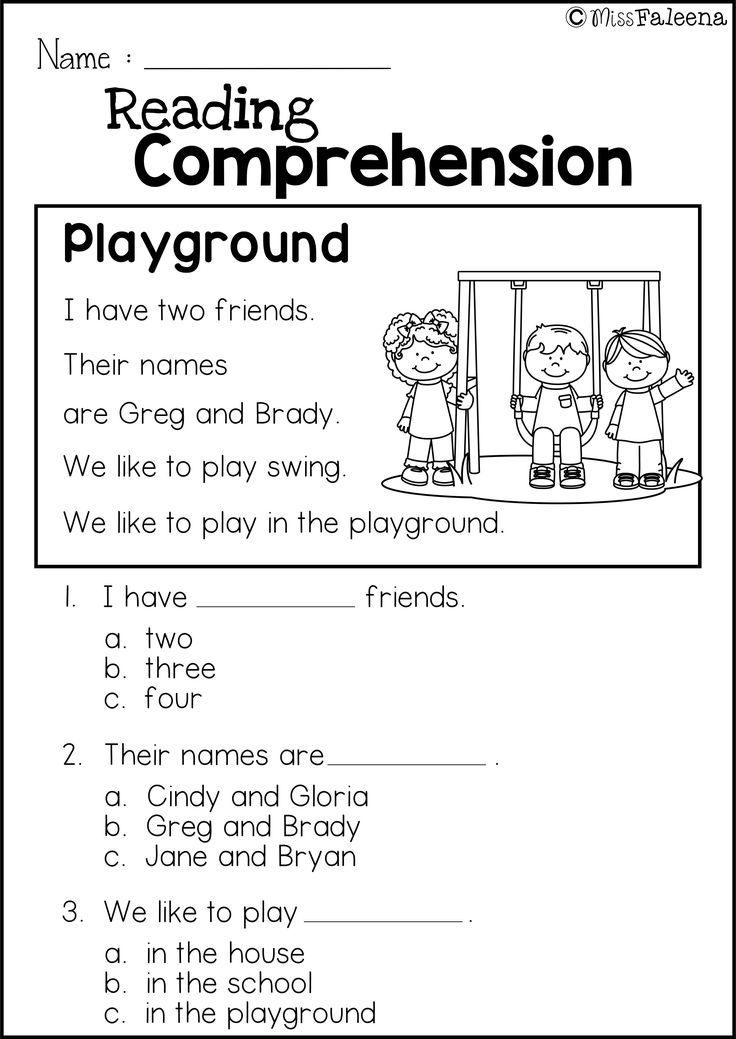
You can see if students are competent in the nine areas of phonemic awareness:
- Rhyming
- Segmenting Syllables
- Beginning Sounds
- Ending Sounds
- Medial Sounds
- Blending Onsets and Rimes
- Blending Phonemes
- Deleting Phonemes
- Segmenting Phonemes
Then, you can have students do a phonics skill assessment to check students’ understanding between letters and sounds. As students begin to match letters and letter combinations to the sounds they hear in words, they’ll use their phonemic awareness skills like segmenting and blending sounds to match the printed letter(s). So strong phonemic awareness skills can lead to strong phonics skills.
One simple phonics assessment is to have students read through a list of words that follow specific phonics patterns. For example, the list may have several cvc words, words with digraphs, words with blends, and words with long vowels.
You’ll easily be able to identify which areas of phonics your readers will need more support in.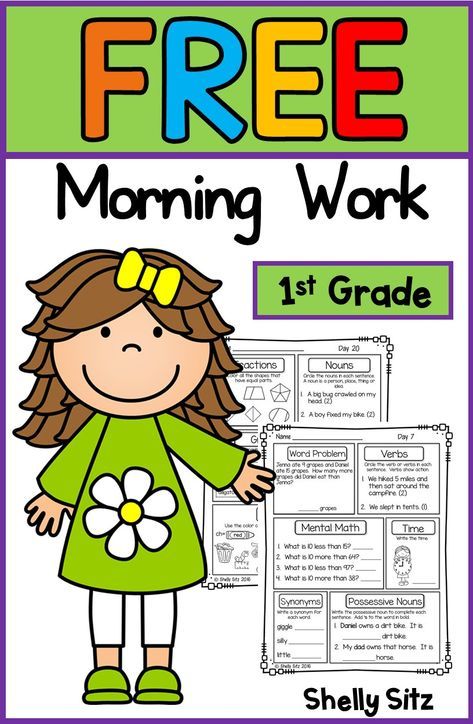
2. Dictation Assessment
Dictation assessments are another type of reading assessment to complete for kindergarten and first grade. While dictation assessments technically involve writing, they’re a great way to see how students are processing what they have learned. Remember, reading is input and writing is output.
To complete a dictation assessment, ask students to write words or short sentences within certain phonics patterns to see if students understand how to do it. For example, to assess short /a/, ask students to write “A cat sat on a mat.” You’ll be able to see if students struggle with a specific skill.
3. High-Frequency Word Assessment
Learning high-frequency words does have a place in the classroom. Even with the new science of reading research, high-frequency words matter. How we teach them may need to change, but students still need to learn them. Why? Because…
By assessing and tracking students’ progress in master high-frequency words, we’re giving our readers a bigger bank of sight words to have to make reading easier.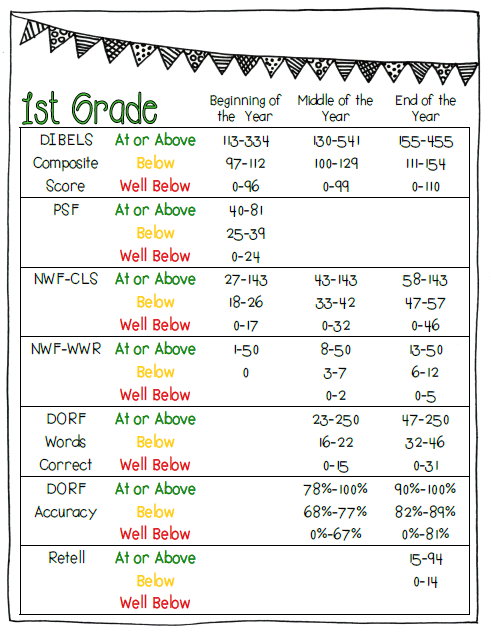 I have two resources to help make this easier for you and your students to monitor: Kindergarten Sight Words and First Grade Sight Words
I have two resources to help make this easier for you and your students to monitor: Kindergarten Sight Words and First Grade Sight Words
4. Guided Reading Level Assessment
Finally, knowing what guided reading level your students are on will help you know where to start in guided reading. Do guided reading levels have a place in the classroom? Yes! Guided reading levels are simply a system developed originally by Irene Fountas and Gay Su Pinnell to help organize reading skills and strategies so that readers are not overwhelmed. The goal of guided reading is to work within a child’s instructional level.
So, you’ll need to find each child’s guided reading instructional level. Your school may have an assessment kit that makes this is like a DRA Assessment Kit. If not, I have an assessment kit that’s super easy to use and makes assessing a breeze.
This all-inclusive assessment kit has:
- 26 books for Levels A-M
- 1 fiction and 1 nonfiction per level
- Books in printable and digital format to easily share on your learning platform
- Running records for each book
- Comprehension questions and a grading rubric
- Instructions for how to take and score the running record
- Teacher instructions for giving the assessment for both in-person and digital teaching
- Parent note/letter to send home or email for virtual assessing
- Datasheet to record data for the beginning, middle, and end of the year
FREE Reading Assessment Toolkit
By piecing all of these assessments together, you’ll have a solid, comprehensive picture of each student as a whole reader.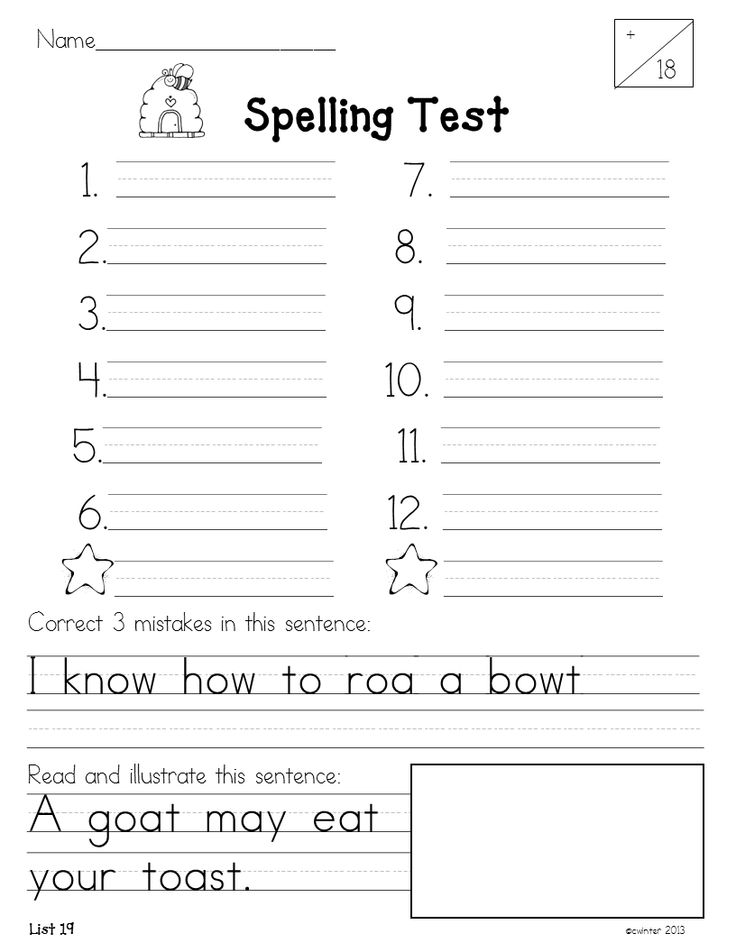 All of these components matter and can guide your lesson planning and instruction to meet the needs of each student.
All of these components matter and can guide your lesson planning and instruction to meet the needs of each student.
To help you get started, I created a FREE Reading Assessment Toolkit for teachers. It was carefully designed to help kindergarten, first, and second grade teachers navigate reading assessments to better help their students. It includes:
- Phonemic Awareness Skills Checklist
- Phonics Skill Assessment and Checklist
- Dictation Assessment
- Running Record Cheat Sheet
- Comprehension Questions for Fiction and Non-fiction
- Reading Strategies and Skills Checklist
- Dolch and Fry’s Sight Word Lists
- Parent Conference Forms for K-2
- Testing Table Signs and Door Signs
Grab this FREE download today and get started mastering your reading assessments for kindergarten and first grade!
Want to use the latest research to boost your readers during small groups? This FREE guide is packed with engaging ideas to help them grow!
First Grade Reading Assessments - The Teaching Scene %
You may be wondering what first grade reading assessments that you could use during the school year.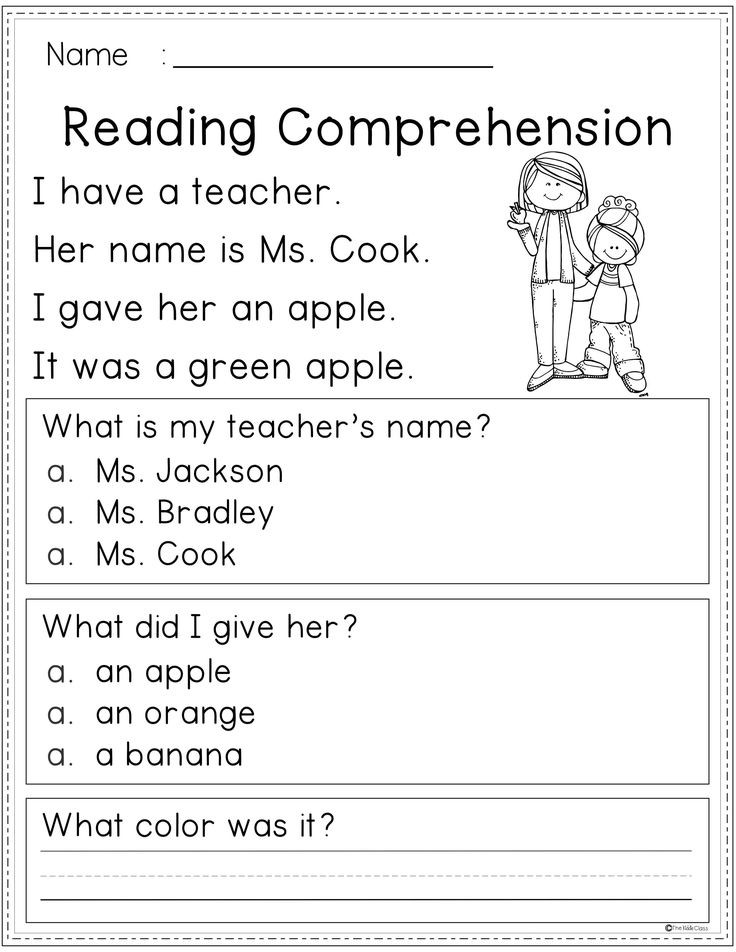 Well, here is a list of five first grade reading assessments that will offer you a lot of information about your new students.
Well, here is a list of five first grade reading assessments that will offer you a lot of information about your new students.
Many other grade levels use written tests to assess student’s readiness for the grade level. Younger students reading skills may not be as developed to show what exactly they know, so other assessments may be used with these students.
These assessments will help teachers get to know the reading skills of each student. This, in turn, will guide teachers in their planning and instruction to meet the needs of each student.
1: Letter Identification
Teacher shows students each letter of the alphabet individually and student responds by saying the letters name. Teacher records student’s response. The assessment should include both upper and lowercase letters.
2: Sound Identification
Teacher shows students each letter of the alphabet individually and student responds by saying the sound the letter makes.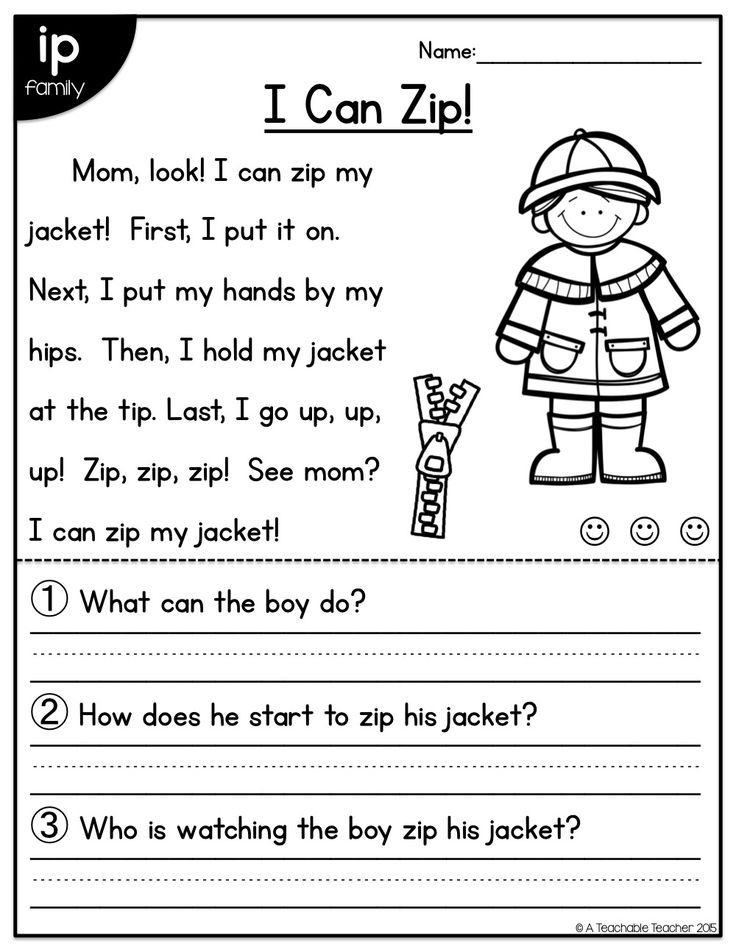 Teacher records student’s response. The assessment should include both short and long vowel sounds.
Teacher records student’s response. The assessment should include both short and long vowel sounds.
3: Phonemic Awareness
There are three parts to the phonemic awareness assessments: Rhyming, Phonemic Segmentation & Nonsense Words Fluency.
- Rhyming: Students are shown a list of rhyming short vowel words to read. Teacher records student’s responses.
- Phonemic Segmentation: Teacher says a word for student. The students say each individual sound they hear in the word the teacher said. Teacher records student’s responses. Ex: Teacher “cat”; Student: “/c/ /a/ /t/”
- Nonsense Words Fluency: Students are given a list of nonsense words which they must read or sound out individually. Teacher records student’s responses
4: Sight Word Identification
Teacher provides student with a list of beginning of first grade sight words. Student read words while teacher records their response.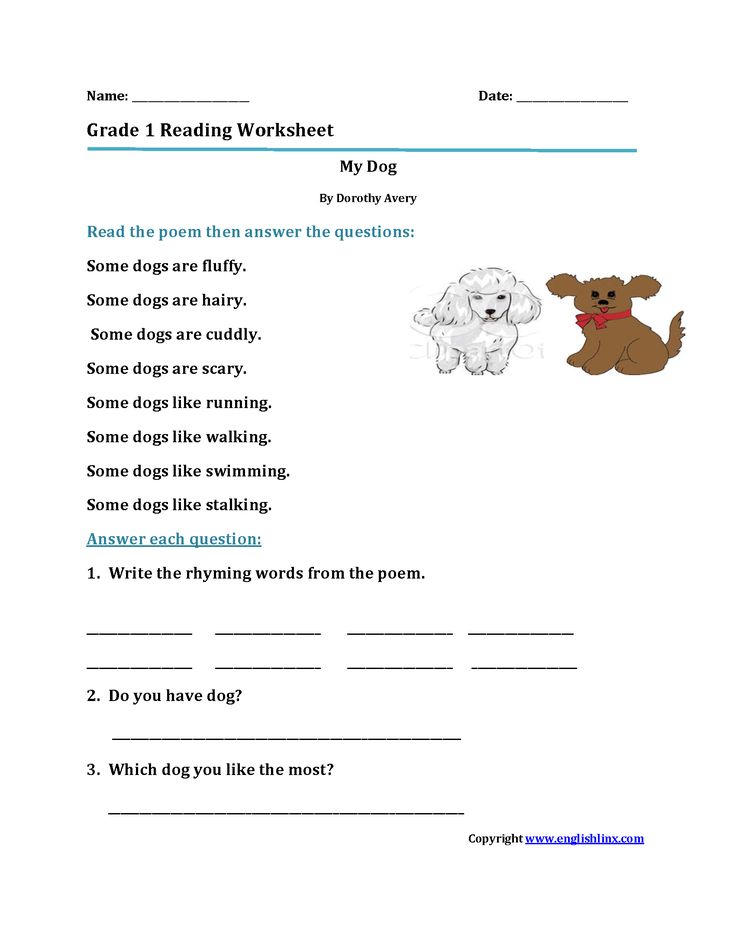
5: Reading Comprehension
There are three parts to the phonemic awareness assessments: Word Meaning, Sentence Comprehension & Reading Passage Comprehension.
- Word Meaning: Students are shown a word and must decide which picture shows the meaning of the word. Ex: Word cup is shown; student must find the picture of cup.
- Sentence Comprehension: Students must read a partial sentence and decide which word will complete the sentence correctly. Ex: Did you eat the _______? Student’s choices are cat; cake; car; and truck.
- Reading Passage Comprehension: Students must read a passage and answer the comprehension questions that follow the text. Ex: After reading a passage about Tom getting ready for bed, students’ question is: What does Dad do? Reads a story to Tom; tells Tom to go to; plays with Tom; or has a snack with Tom.
Grab your Free, First Grade Quick Assessment Here!
In summary, first grade reading assessments provide teachers with important information about their new students.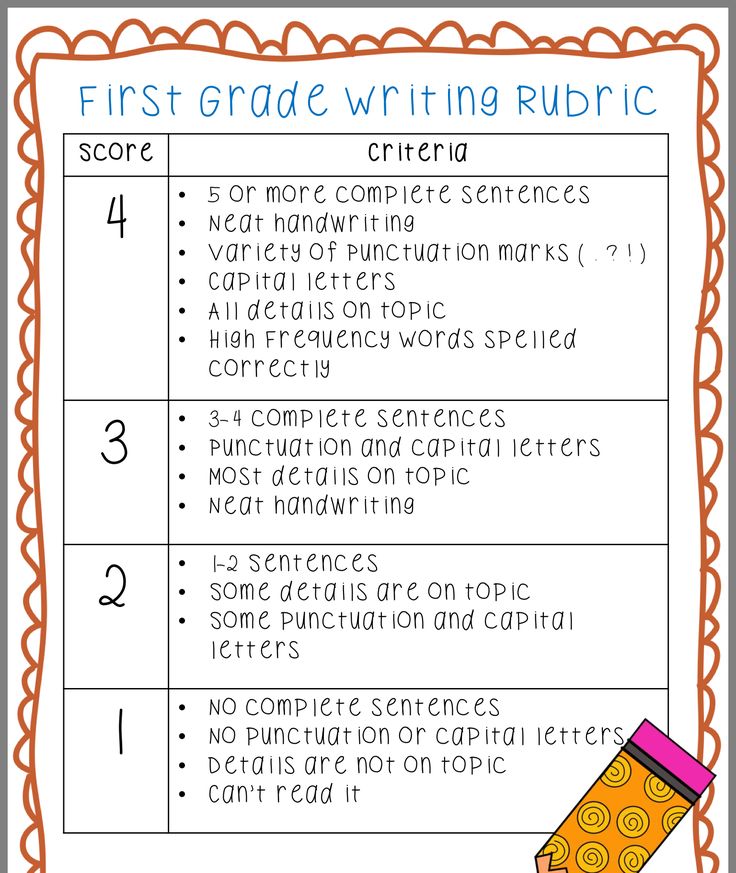 They are an important tool for teachers to plan student instruction to meet individual needs of all their students.
They are an important tool for teachers to plan student instruction to meet individual needs of all their students.
You also may want to take a look at these first grade assessment resources. The Reading Comprehension Assessment resource can be found in PDF, Digital & BOOM Card forms.
Find some more reading activities and assessments in my store, The Teaching Scene by Maureen.
standards for grades and quarters
Reading is a key skill that opens the gate to the land of knowledge for a child. Thanks to this skill, children learn about the phenomena and events of the world around them, get acquainted with the characters and actions of people, meet new problems and ideas. This skill helps them to broaden their horizons and ideas about the world, develops critical thinking and trains cognitive abilities - attention, imagination, memory. Reading is the foundation for further successful learning. nine0003
To understand how well a child develops this skill, it helps to check the reading technique.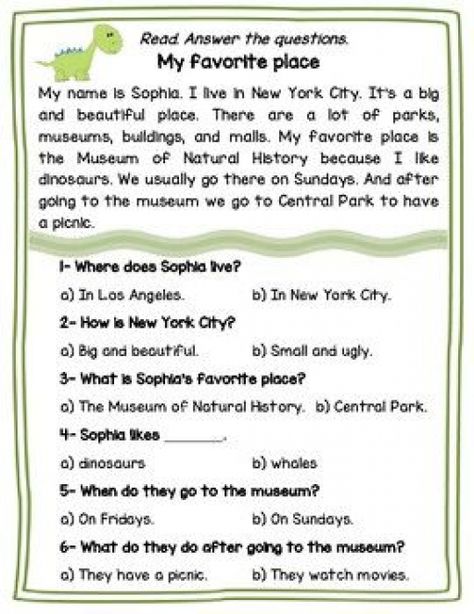 Reading technique is a multifactorial test that characterizes the development of a skill from different angles. In the technique of reading are evaluated:
Reading technique is a multifactorial test that characterizes the development of a skill from different angles. In the technique of reading are evaluated:
- reading speed,
- reading method,
- reading awareness,
- correct reading,
- expressiveness of reading.
A difficult reading skill consists of both a technical and a semantic component and is aimed at achieving the main goal - understanding and assimilation of the information read. nine0003
Reading technique parameters
Let's consider all the components of reading technique in more detail.
- Reading speed - the number of words read in a certain period of time. Often, parents focus on the formation of fluent reading, while the child makes many mistakes, does not understand and does not remember what he read. It is not necessary to force only speed, slower conscious reading and a gradual increase in tempo are better than fast mechanical reading with errors and inaccuracies.
 nine0008
nine0008 - Way of reading — syllabic reading or reading the whole word, smoothly. With the development of the skill, the child has a gradual transition from syllabic reading to smooth reading in whole words.
- The correct reading of is characterized by the absence of errors and hesitation. Inattention, problems of diction lead to inaccurate reading, indistinct articulation and, as a result, to a distortion of meaning. Pay attention to the correct reading - this will be the key to competent writing. nine0008
- Reading awareness involves reading comprehension, awareness of the idea and meaning of the text, and in the future - this is the ability to catch the subtext, humor, irony, the attitude of the author. Interfering with reading comprehension can be low reading speed, distorted reproduction - guessing words, changing the shape of words, not reading endings.
- Reading expressiveness - the use of pauses, finding the right intonation, the correct placement of stresses.
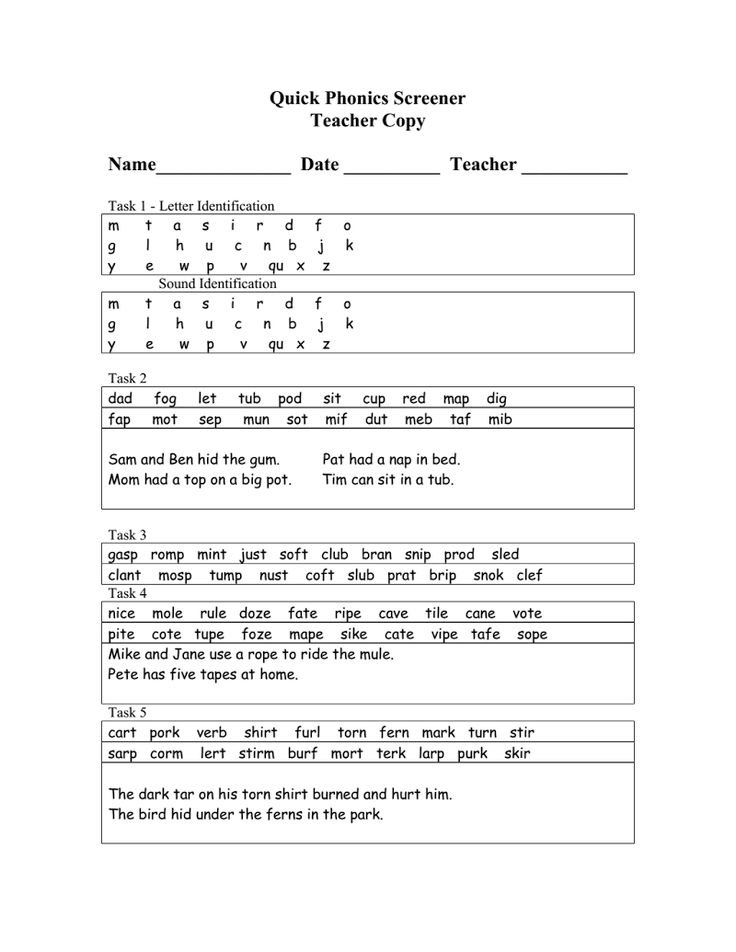 The expressiveness of reading is inextricably linked with awareness. When understanding what is read, it is easier for the child to observe the necessary pauses, select the correct intonation and place logical stresses. nine0008
The expressiveness of reading is inextricably linked with awareness. When understanding what is read, it is easier for the child to observe the necessary pauses, select the correct intonation and place logical stresses. nine0008
Reading speed standards for elementary school
GEF standards determine the desired reading speed for a child by a certain point in learning, help to understand whether the development of a skill is successful or whether additional attention is required. Standards - indicative values; it is important to take into account the individual psychophysiological characteristics of each child and evaluate the growth of his personal indicators.
Grade 1 reading speed standards
Reading speed standards in grade 2
Reading speed standards in grade 3
Reading velocity
Reading speed, to which it is necessary schools, is reading at the speed of conversational speech, 110-120 words per minute. The human articulatory apparatus has adapted to this speed over time. And most importantly, the reading should be conscious, correct, expressive. nine0003
The human articulatory apparatus has adapted to this speed over time. And most importantly, the reading should be conscious, correct, expressive. nine0003
Other parameters of reading technique
Grade 1
At the end of the first half of the year. Reading is smooth syllabic, conscious and correct, with a clear pronunciation of syllables and words.
At the end of the second half of the year. Reading is conscious, correct, simple words are read as a word. Words with a complex syllabic structure can be read syllable by syllable.
Grade 2
At the end of the first half of the year. Reading consciously, correctly, in whole words. Compliance with logical stresses. Compound words can be read syllable by syllable. nine0003
At the end of the second half of the year. Reading meaningful, correct, in whole words. With observance of logical stresses, pauses and intonations. Syllabic reading is undesirable.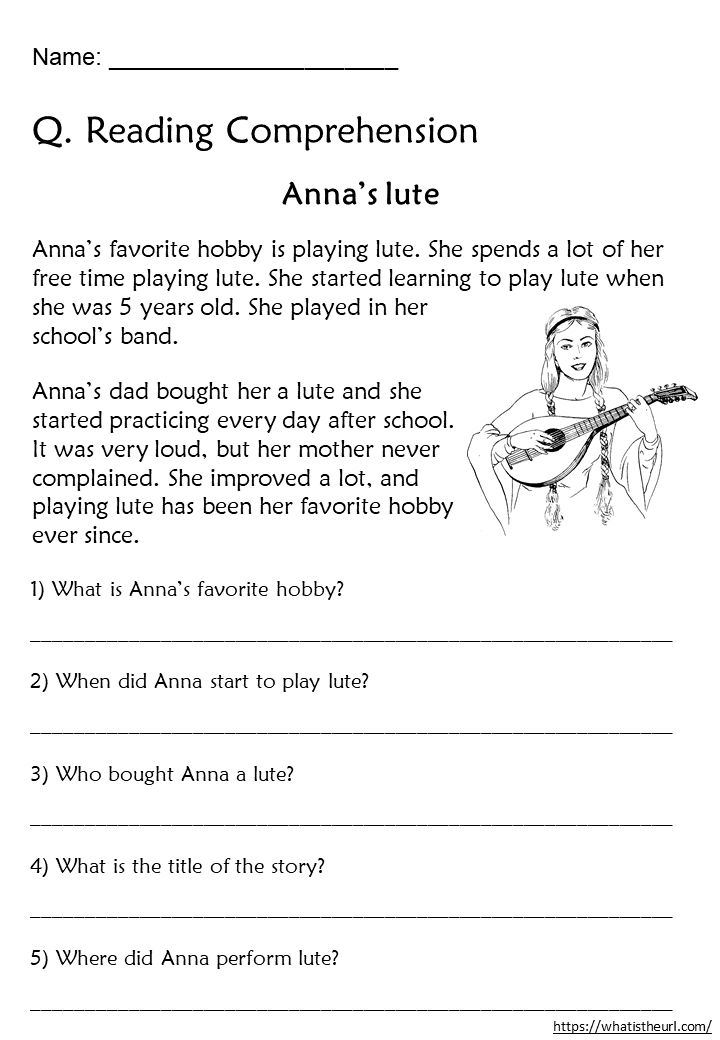
Grade 3
At the end of the first half of the year. Reading consciously, correctly, in whole words. With observance of pauses and intonations, with the help of which the child expresses an understanding of the meaning of what is being read.
At the end of the second half of the year. Reading consciously, correctly, in whole words. With observance of pauses and intonations, through which the child expresses understanding of the meaning of what is being read. nine0003
4th grade
At the end of the first half of the year. Reading consciously, correctly, in whole words. With the help of observed pauses and intonations, the child not only expresses an understanding of the meaning of what is being read, but is able to express his attitude to what he has read.
At the end of the second half of the year. Reading consciously, correctly, in whole words. With observance of pauses and intonations, through which the child expresses an understanding of the meaning of what is read, and his attitude to the content of what is read.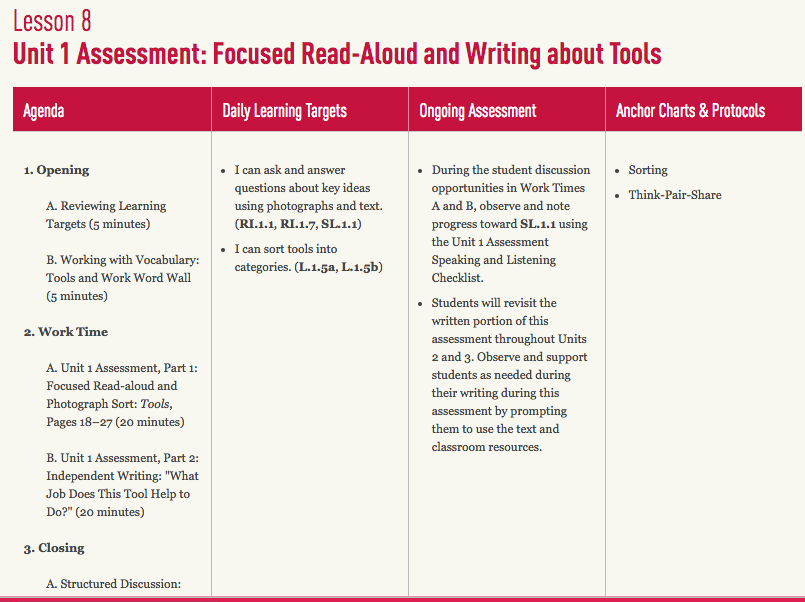 nine0003
nine0003
How can I test my child's reading skills on my own?
Have your child see how well they read already. Children usually love to know how many centimeters they have grown, and they may also be interested in knowing their progress in reading. Warn about the upcoming test and ask the child to read quickly.
The control of reading technique in sensitive children who, due to their temperament, can hardly tolerate various tests, can be carried out imperceptibly or in the form of a game. Do not create unnecessary excitement around the upcoming test, do not arrange a test in the form of an exam. If the child is worried, stutters, transfer control to another time. nine0003
Verification process:
- Prepare a clock with a second hand or use the stopwatch on your phone, and choose the appropriate text.
- Ask the child to take a seat.
- Show him the text and ask him to read it aloud.
- Track the time from the moment your child starts reading.
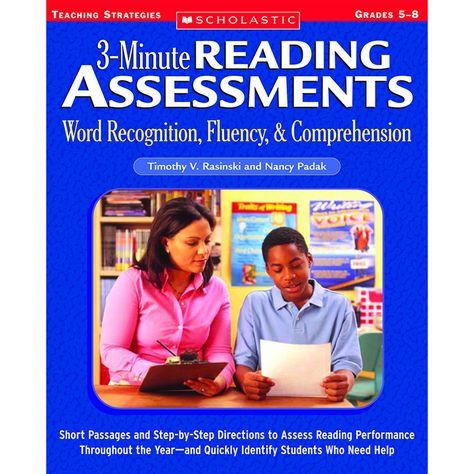 Not all children are able to immediately start reading on command, which leads to inaccurate results.
Not all children are able to immediately start reading on command, which leads to inaccurate results. - Usually, one minute is noted for checking, but some experts recommend taking 2 minutes for monitoring, since not all children are equally quickly included in the work. Divide the result obtained in 2 minutes in half. nine0008
- Do not correct or interrupt while reading. It is better to discuss the mistakes made after the child has finished reading.
- Assess the speed, correctness, awareness and expressiveness of reading.
- Retest and compare results. Reading technique may differ depending on the child's fatigue, health status and mood.
Which text is suitable for verification?
Both fiction and non-fiction texts appropriate for the child's age are suitable for this purpose. The text should be unfamiliar, but understandable to the child, have educational and educational value. The texts of V. Bianchi, L. Tolstoy, N. Nosov, B. Zhitkov, K. Ushinsky, V. Dragunsky are suitable. The text for verification can be found in special manuals or in a textbook on the Russian language and literature. nine0003
Zhitkov, K. Ushinsky, V. Dragunsky are suitable. The text for verification can be found in special manuals or in a textbook on the Russian language and literature. nine0003
You should find the text that is located on the spread of the book so that the child does not have to waste time turning pages. Choose text without an abundance of punctuation marks and distracting illustrations. It is not desirable that the passage contains common complex sentences and dialogues. The font must be large enough and legible. The text should not have a technical focus and contain terms incomprehensible to the child.
Test score
Speed score
Count how many words the child read in one minute. When counting words, pay attention:
- prepositions, conjunctions, particles of 1-2 letters are counted as one word;
- when wrapping, the word is counted as 2 words;
- if the word is written with a hyphen, look at how many letters are on both sides of the hyphen: if there are more than three, we count it as 2 words, for example, "long, long", if less than three, for example, "somehow", - as one .
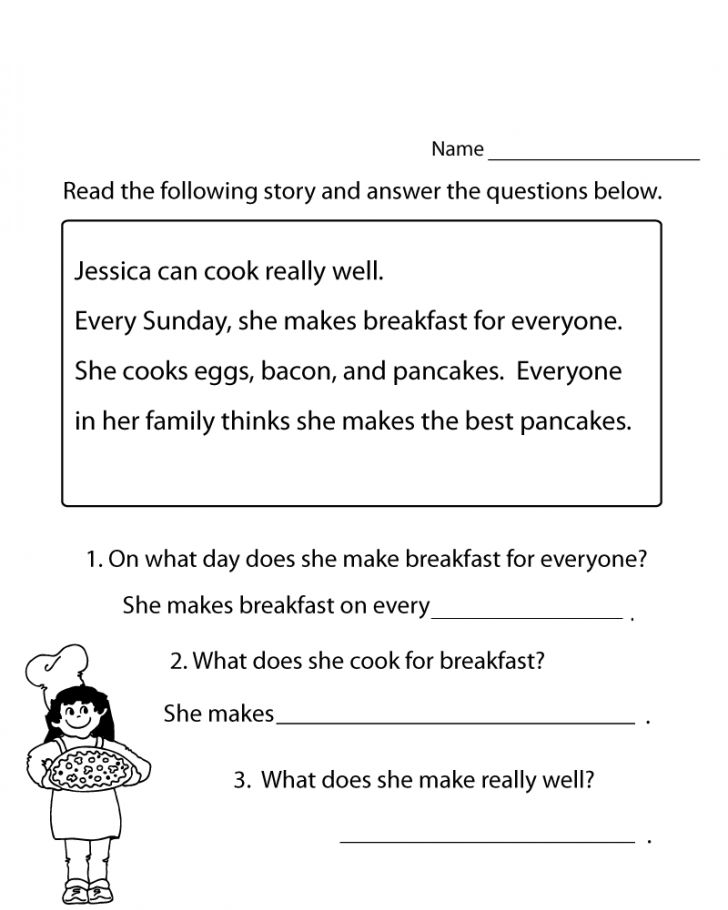
Compare your score with the recommended range and your child's previous performance. nine0003
Comprehension score
Determine how well the child understood what they read. If the student reads slowly and has read only a couple of sentences, let him read the passage to the end. Ask your child a few questions about the text. Ask what or who he read about. Ask the child to identify the main idea of what they read and retell the text.
For a deeper check of the meaning of the reading and learning, use special teaching kits. nine0003
Correctness assessment
Pay attention to whether the child reads what is written correctly, whether he pronounces words clearly, whether there are hesitations and corrections, whether he alters words, whether he changes endings, whether he places stresses correctly. Discuss the mistakes with the student.
Evaluation of expressiveness
To assess the expressiveness of reading, the child is offered a familiar text.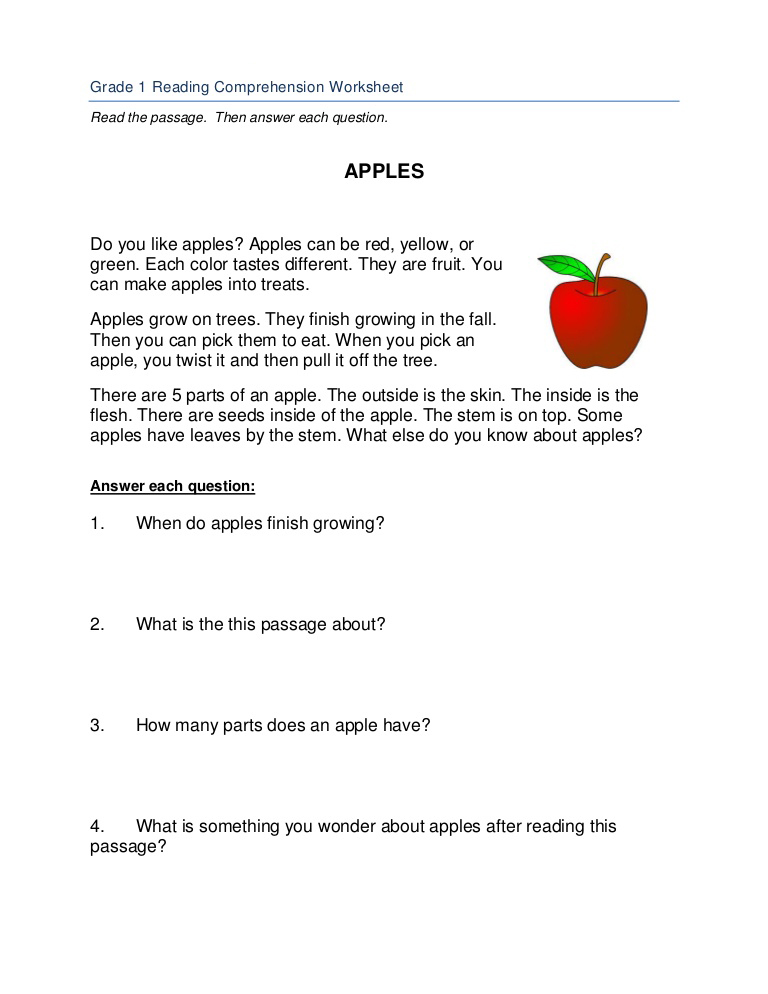 Listen to whether the child observes pauses and other punctuation marks, whether he changes intonation, whether he highlights the main idea. nine0003
Listen to whether the child observes pauses and other punctuation marks, whether he changes intonation, whether he highlights the main idea. nine0003
Improving reading technique
Poor results in reading technique are not a reason to be upset, but only a signal that additional efforts need to be made to improve the skill. You can work with the child on your own or contact a specialist who will analyze the weak points and select the appropriate exercises. Conduct additional activities with the child in the mode of "sparing reading" without pressure. It is more important to observe the regularity and frequency of classes: 10-20 minutes daily. nine0003
How can you motivate your child to read:
- Reward your efforts with stickers, stars.
- Mark progress visually - create a success board so your child can visually see their progress
- Conduct activities in the form of a game, such as "going to the library" or "reading to your favorite toys.
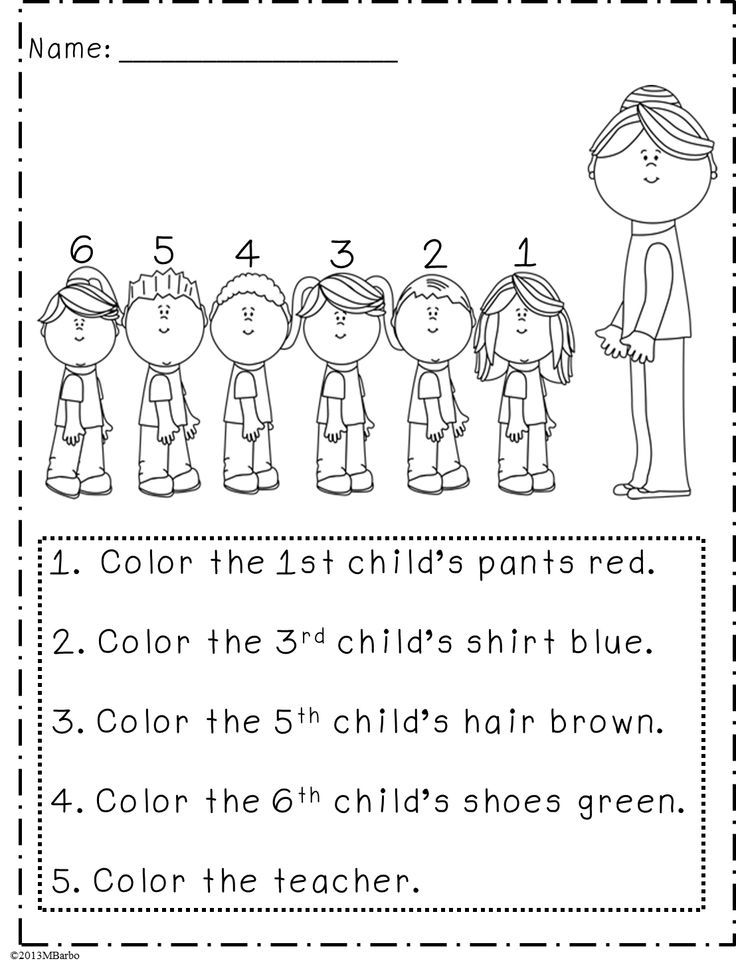 "
" - Choose books and texts that are interesting for your child.
- Let the child read to pets, they are grateful and accepting listeners. Reading to them, the child is not afraid to make a mistake, he relaxes and overcomes the fear of failure. nine0008
- Have a reading competition between peers and siblings.
To improve the speed of reading will help:
- Reading by syllabic tables.
- Multiple reading. Read the same text several times, increasing the pace. From the second time the child will be able to read faster.
- "Tug". An adult leads a finger along the line, setting the pace. The child tries to read at a given pace.
- Tops and roots. The child reads the words, covering the upper or lower half of the letters with a ruler. nine0008
- Reading in a book turned upside down.
- Lightning. Alternating reading at a comfortable pace with reading at the highest possible speed for 20 seconds on the command "Lightning!".
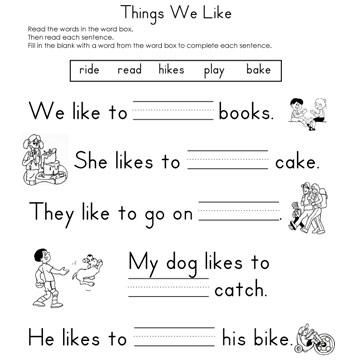
- "Sprint". Reading speed competition between classmates.
- Work on expanding the field of view according to Schulte tables.
- Reading with a window to eliminate "regression" - recurrent eye movements that lead to repeated reading.
For correct reading:
- Work on clear diction, do articulation exercises.
- Read tongue twisters and tongue twisters.
- Invite the child to correct the deformed sentences: "The weather is good on the street."
- "Imaginary word". When reading, the wrong word is pronounced, the child must correct it.
Reading comprehension
- Wave Reading. First, the child reads aloud, then retells what he read. nine0007 Drawing up a plan for reading.
- The student reads to himself at a comfortable pace, tells what he understood and felt, what he thought about
- Discuss unfamiliar words and expressions.
- Invite the child to draw a picture of the passage they read.

- Ask them to tell you what they liked about the text, what they remember.
For expressive reading
- Role-playing, staging.
- Put on a "radio show". nine0008
- Expressive recitation of poems.
- Voice flexibility training. The ability to speak quieter-louder, higher-lower.
- Conducting reading indicating the tone or strength of the voice.
- Live Picture. One reads, the other reacts with facial expressions.
Improving reading skills in elementary school is very important. It is fluent and meaningful reading that activates the processes of thinking, attention, memory and is the basis for a child's successful learning in the future. This detailed instruction on reading technique control will help you track and improve your child's skill development. nineReading is an important skill , that children begin to master literally from the first days of schooling. Reading speed is directly related to academic performance.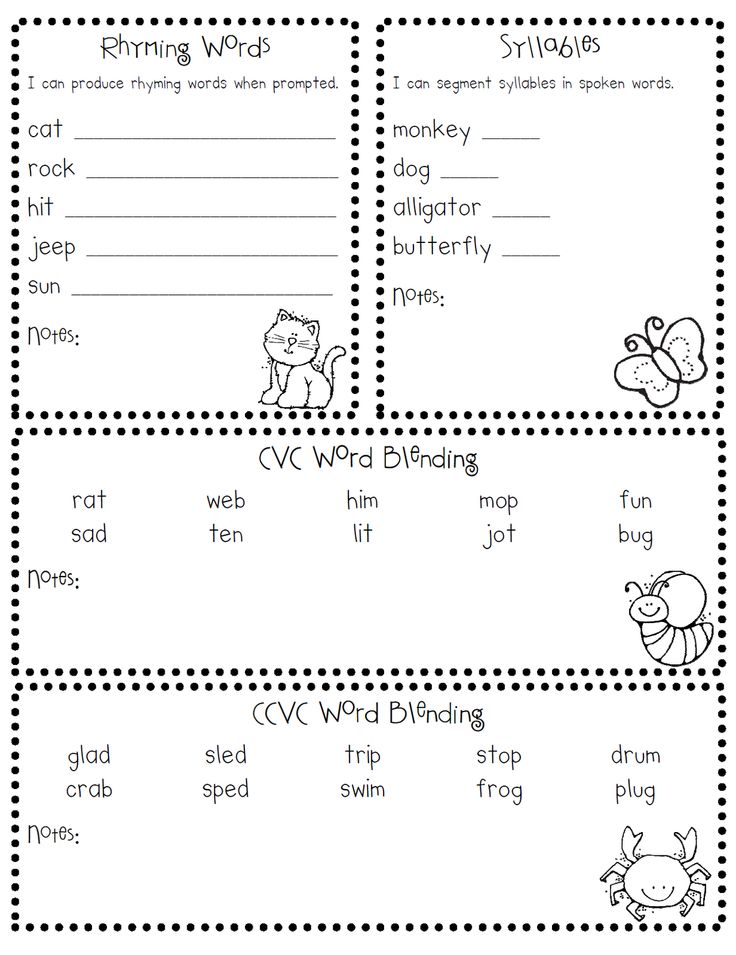 Therefore, in each grade of elementary school, teachers periodically check the reading technique of children. Let's find out how many words per minute a child should read in grade 1 and how to increase reading speed. nine0003
Therefore, in each grade of elementary school, teachers periodically check the reading technique of children. Let's find out how many words per minute a child should read in grade 1 and how to increase reading speed. nine0003
Reading technique in the first grade
In Russian schools, the reading technique of primary school students is tested twice during the school year - in the first half of the year and in the second. Some teachers do this every quarter. Such a check is needed to evaluate the following indicators:
- Reading method. The teacher watches how the child reads: he reads the words in full or syllable by syllable or by letter in general, pronounces them smoothly or abruptly, does he slow down on complex and long words. nine0008
- Reading speed. This is the speed with which a first grader is able to read an unfamiliar text (how many words per minute he reads).
- Correct. The teacher pays attention not only to the number of words read per minute, but also to the correctness of their pronunciation.
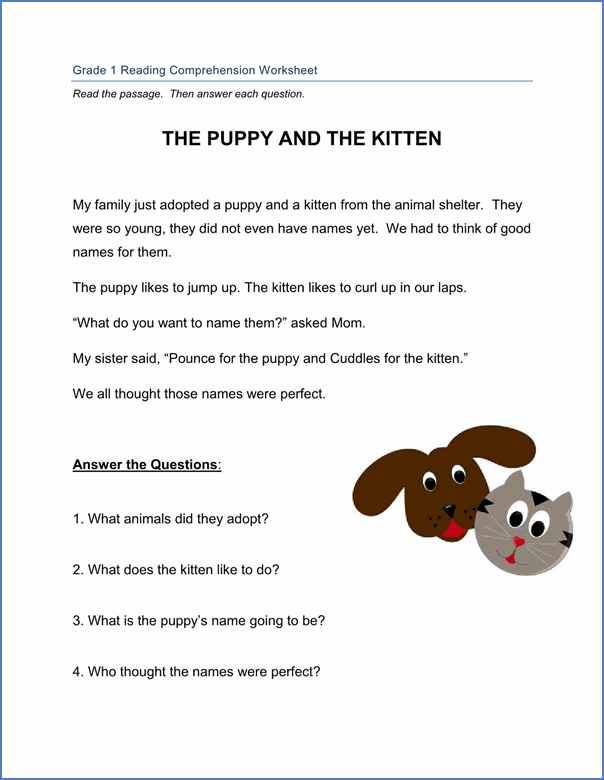 The nature of these errors is also taken into account (incorrect pronunciation, omission of some words, incorrect emphasis).
The nature of these errors is also taken into account (incorrect pronunciation, omission of some words, incorrect emphasis). - Awareness. The student must not only read the text, but also grasp its essence, understand what it is about. nine0008
The main indicator that the teacher focuses on is the number of words that the student reads in one minute. According to the norms, by the end of the first semester, a first-grader should read 25-30 words, and by the end of the second - 30-40 words.
Games with which the child will love to read and write
How to improve the reading technique of a first grader?
If your child does not reach the specified norm, do not be discouraged. Reading technique can be improved and it's not that hard. To do this, you need to start reading regularly at home. But don't force your child to do it by force. Reading should give him pleasure. And this is possible only if it causes interest. nine0003
Try to instill in your son or daughter a love of reading.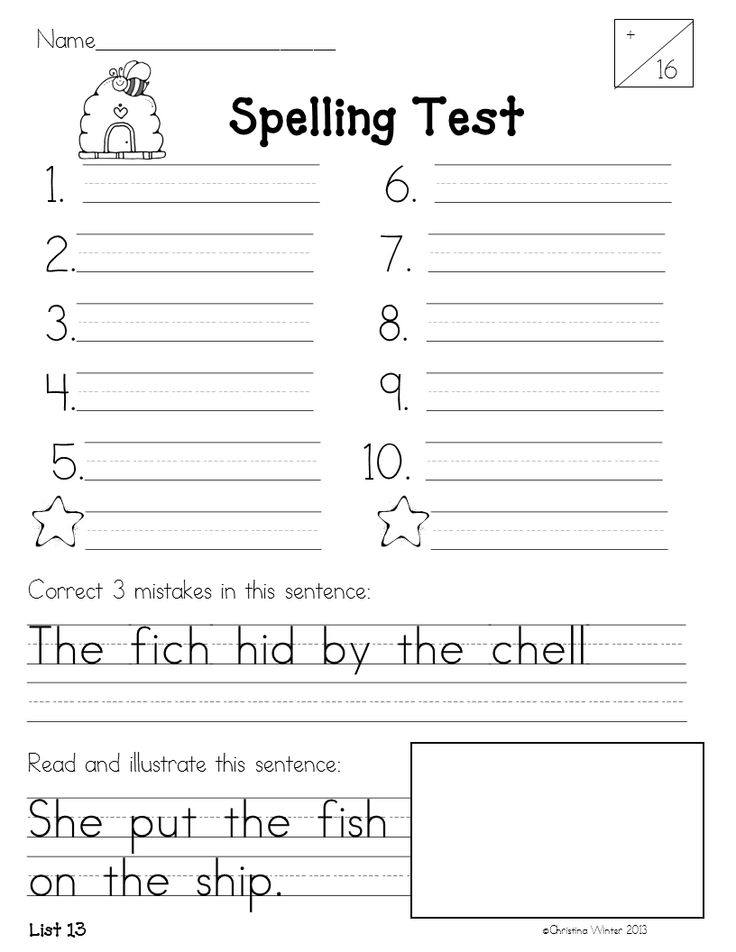 To do this, select the literature that is interesting to him. It can be fairy tales, stories and stories about animals, fantastic stories or something else. Many children like children's detective stories. The twisted plot involuntarily attracts the attention of the child, prompting him to read on.
To do this, select the literature that is interesting to him. It can be fairy tales, stories and stories about animals, fantastic stories or something else. Many children like children's detective stories. The twisted plot involuntarily attracts the attention of the child, prompting him to read on.
Study different literature with your child and find out what he likes. Remember what you yourself loved to read as a child, find these books and offer them to your son or daughter. nine0083 Good for first-graders:
- Russian folk tales and tales of the peoples of the world;
- fairy tales by G. H. Andersen, A. Pushkin, the Brothers Grimm, C. Perrault;
- stories by N. Nosov, V. Dragunsky, E. Uspensky, M. Zoshchenko.
Having selected the most interesting works, proceed to the training of reading technique. Choose a convenient time when you are not in a hurry. If the book is electronic, download it to your phone or tablet and set the font that is comfortable for the student.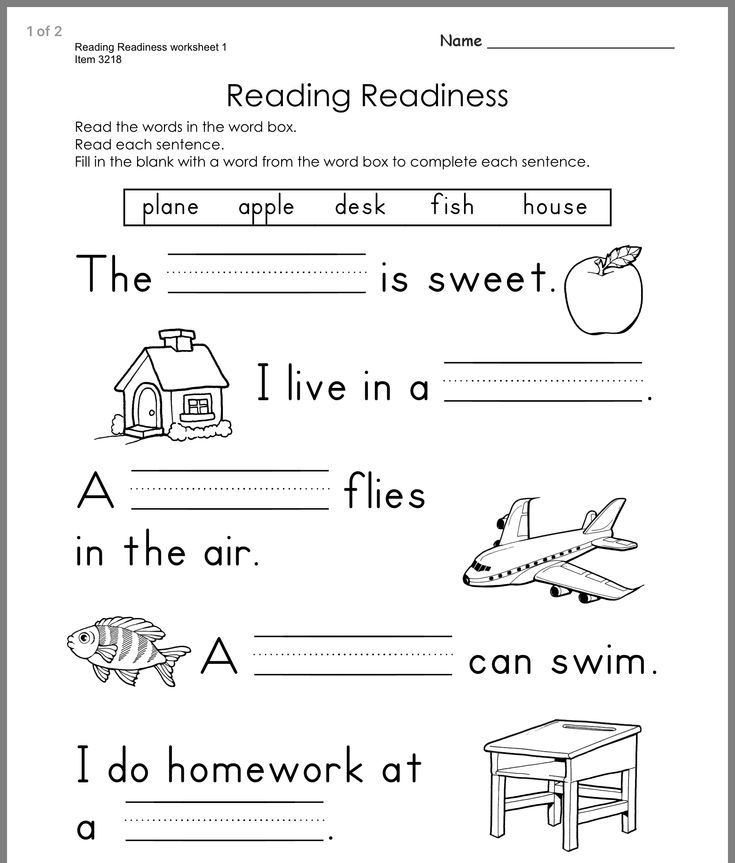 nine0003
nine0003
Convenient holders for tablets, whiteboards and books
Sit with your child and have them read aloud to you. Don't rush him. The main thing is not the speed of reading, but the correct pronunciation of words. The speed will develop by itself with regular practice. Correct the student if he reads incorrectly, explain the meaning of unfamiliar words. The child should not just read, but understand what the text is about. Be sure to discuss what you read and ask questions. nine0003
Read 20 minutes a day. This is quite enough, it is only necessary that the classes be regular. If the child is carried away by the work and wants to read further - please. The main thing is that he does not do it through force, otherwise the classes will begin to disgust him.
Some strict parents force the child to read for hours, thereby literally instilling in him a dislike for this occupation. Growing up, such children do not touch books for a very long time. So don't overdo reading. Don't forget to take breaks for games :)
So don't overdo reading. Don't forget to take breaks for games :)
Tips for improving the reading technique of a first grader
To read not only quickly, but also expressively, it is useful to pronounce tongue twisters. Find tongue twisters to practice different letters and sounds and have your son or daughter memorize them. Let him repeat them at any convenient time - on the way to school, during the game, etc. Patter is excellent for training the speed and clarity of speech.
Notice how the child breathes while reading aloud. nine0084 If he stops in mid-sentence to take a breath, then he is not breathing properly. You need to pronounce the phrase on the exhale, and take in air in the pause between sentences. Let the child practice taking in more air into the lungs and reading the entire sentence. Proper breathing will make speech smoother and speed up the pace of reading.
Reading by syllables significantly slows down the pace.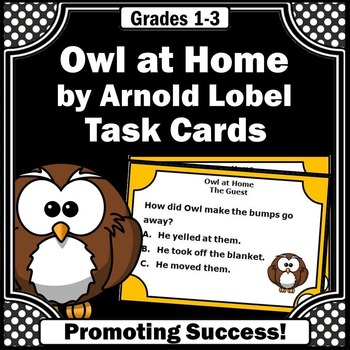
Learn more


